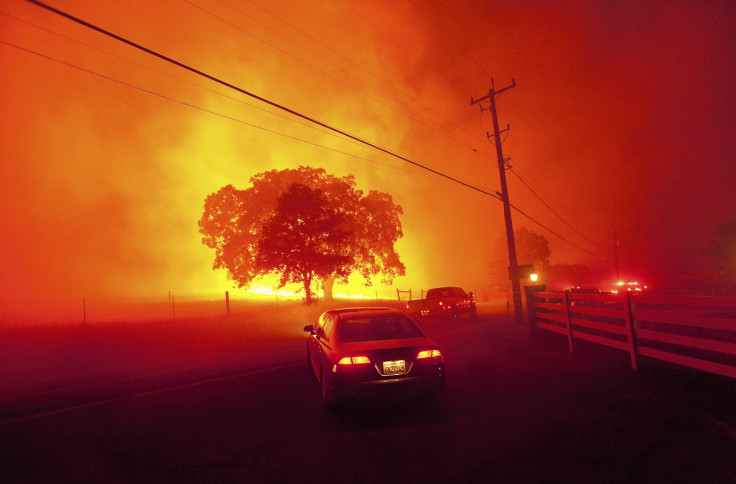Obama Climate Change: President Announces $1 Billion Climate 'Resilience' Fund To Help Communities Prepare For Natural Disasters

President Obama's climate change proposal goes beyond the standard federal aid that flows to communities clobbered by flood, drought, tornadoes or hurricanes. Instead of waiting for catastrophe to hit, the Obama administration says it will dole out nearly $1 billion in federal aid to push states and cities to prepare ahead of time for the impact of climate change.
In a commencement address at the University of California at Irvine, Obama warned that, in some parts of the United States, weather-related disasters “are going to get harsher and they’re going to get costlier.”
Climate change “is no longer a distant threat, but ‘has moved firmly into the present,’” he said in his remarks, quoting a recent federal assessment on climate effects.
The president’s National Disaster Resilience Competition is part of a broader global push by climate experts and government leaders to convey how urgent it is to combat the threat of rising sea levels, hotter summers, more severe storms and other changes, rather than wait to respond until after the worst has happened. Such actions include building more storm- and weather-proof infrastructure, upgrading the electrical grid to avoid sprawling blackouts and developing new emergency response plans to safely evacuate residents and protect critical systems like water, sewage and fuel.
The announcement comes just weeks after the U.S. Environmental Protection Agency unveiled a proposal to cut carbon emissions from existing power plants.
Any state, city or tribe hit by a federally declared major disaster in 2011, 2012 or 2013 is eligible to compete for the resilience funds. More than 200 such disasters ravaged the country over that three-year period. About one-tenth of the money will be set aside for East Coast communities hit by 2012’s Superstorm Sandy.
A billion dollars is a relatively small amount when it comes to recovering from and preparing for climate threats. New York City’s own post-Sandy resilience plan has a $19.5 billion price tag, and that doesn’t include the cost of major works like sea walls or levees.
But the federal money is still “significant” because it can help communities develop long-term strategies and attract private and local investment, which in turn can steer the locale down a more resilient path, said Nancy Kete, the managing director for resilience at the Rockefeller Foundation, a New York-based nonprofit.
“Often what communities don’t have is the time and resources to think comprehensively” about how to ready themselves for future threats, she said. “A share of a billion dollars is a lot of money if you use it to leverage change.”
The Rockefeller Foundation recently helped fund a similar competition called Rebuild by Design, an initiative of the U.S. Department of Housing and Urban Development. The agency awarded some $800 million earlier this month to six teams of architects and engineers that devised plans for protecting the East Coast from rising seas and extreme storms. Separately, the U.S. Interior Department on Monday said it would give those communities $102 million in coastal resilience grants to build infrastructure, wetlands and other natural areas to help absorb future storms and hurricanes.
“People right now are in need of assistance in trying to deal with and prepare for this,” said Christina DeConcini, director of government affairs at the World Resources Institute. “It signals what a growing need this issue of climate resilience is, and how on the local level, communities are already dealing with impacts in a big way.”
She pointed to the National Climate Assessment, launched in May, which highlighted the extreme weather, health impacts and other climate effects caused by global warming. The report found that average temperatures across the U.S. have increased by as much as 1.9 degrees Fahrenheit since recordkeeping began in 1895, while heat waves, hurricanes and severe storms have all become more frequent and intense. Sea-level rise is also making coastal cities more vulnerable to flooding.
Money for the resilience competition will come from the $50 billion Sandy relief package that Congress approved in 2013. About $16 billion of that pot was set aside for flexible Community Development Block Grants, with the majority going to New York and New Jersey, and the competition dollars will come from this bucket.
Lawmakers from both states have publicly opposed using Sandy relief funding for the initiative, the New Jersey Star-Ledger reported. Federal housing officials said earlier this year that they believed they were required by law to spread the funds around to disasters other than Sandy, according to the Wall Street Journal.
© Copyright IBTimes 2024. All rights reserved.











